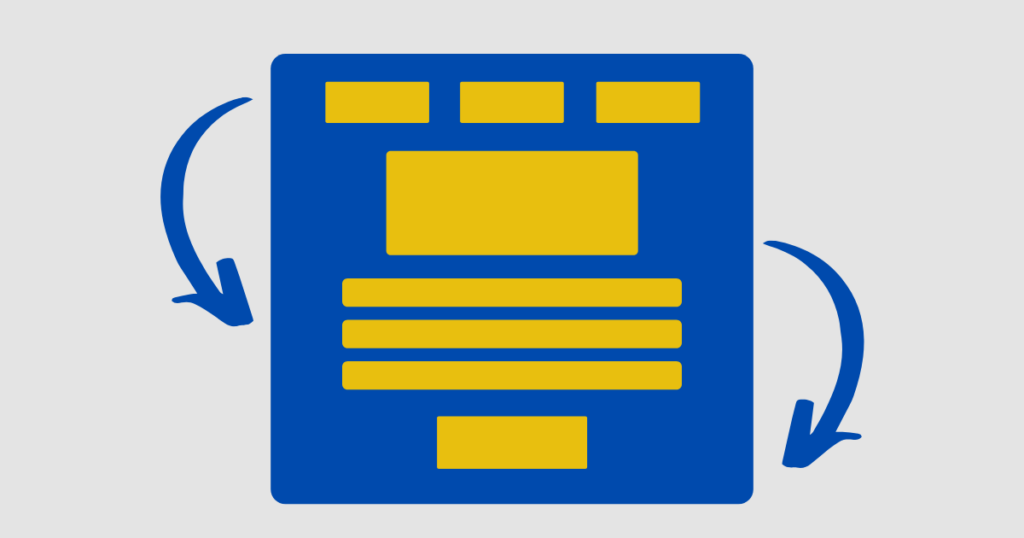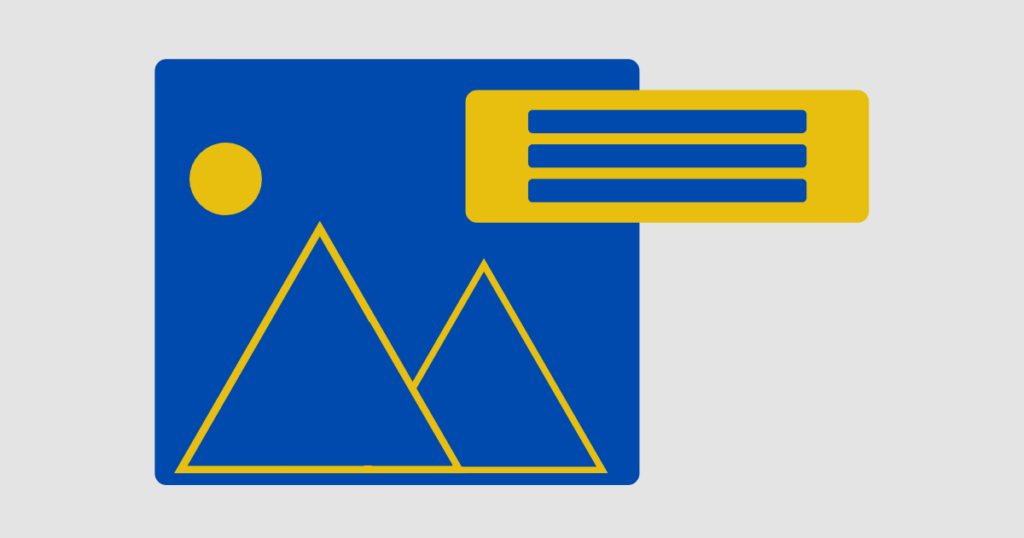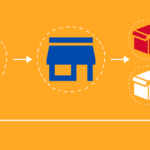Google, UX, and SEO
The question that everyone is asking, how do I get my website on the first page of Google?
The answer, unfortunately, is much more completed.
Google uses over 200 algorithm factors to decide what and where to rank websites. All these factors contribute to Google’s goal to provide the best results and experience for users. For Google, this means carefully selecting which pages will effectively address the queries that the user is searching for.
While it is difficult to know what every algorithm factor is, it is simple to understand that since Google prioritizes quality and helpful results, your website should reflect that.
This is where user experience (UX) and search engine optimization (SEO) come into play.
UX is designing the way visitors interact with the pages on your website. Needs and abilities, the technology or device, and the actions you want a visitor to take on your website are part of UX design. UX design is about optimizing the desired path you want your visitors to take on your website.
SEO is the optimization of a website for better ranking on search engines. SEO can be affected by a number of factors including adding keywords to content, page titles, and headings. Links to your site from other sites (backlinks) can also affect your search rankings.
Since UX is about providing a positive user experience and SEO is about ranking on search results, both UX and SEO must work together to comply with Google’s algorithms factors in order for your website to be found.
UX SEO Best Practices
UX and SEO share the common objective of providing the targeted audience with the most relevant content. Even though the understanding is slightly different, the final intention is the same. These subsequently comply with Google ranking factors, therefore applying UX SEO best practices ensures users are having an enjoyable and beneficial interaction with your website, the website is adhering with search engines preferences, and Google is showing your website in searches.
Below are the top six UX SEO best practices to apply to your website.
1. Page Speed

If the digital world is developing at an incredible speed, a website’s loading page needs to be faster. Users will not wait for your page to load, they will simply leave your website and move onto one of the other numerous options.
Users are, frankly, impatient, therefore if your page speed is slow then it is essentially guaranteed that the user will have a poor experience, ultimately leading to high bounce rates, or the percentage of website visitors who arrive at your website and then leave without visiting a second page. A high bounce rate is an indication of poor user experience which negatively impacts SEO as Google greatly disfavors slow page speed. SEO focuses on creating ways to increase page speed, such as compressing images and elements so they load faster.
2. Mobile Friendly

In 2019, about half of global internet traffic was performed on a mobile device. Ensuring your website appears and performs properly on mobile is no longer an option but a requirement. If the user is on mobile, your website needs to be too. User experience is directly correlated to how the user is able to access and view the website based on their mobile convenience. A mobile-friendly site is a significant contribution to search engine ranking, therefore SEO demands that a website should be designed for both a desktop and mobile screen.
3. Navigation

Website navigation are the location of menus, links, icons, and buttons and where they take a user. More importantly, the navigational structure should be simple and intuitive so the user can quickly find what they are searching for. In addition, UX design creates navigation to guide how they want users to interact with the website, such as content to view and CTAs to click. In addition, SEO uses navigation to tell the search engines what is on the page and the hierarchy of importance. Helpful navigation not only assists users to engage with the site, but it also communicates with search engines on the page’s content.
URLs
URLs are a component of navigation as the URL should clearly and concisely indicate what the page is about. If the user or Google is viewing the URL, they should be able to easily decipher what that page will include.
Headers
Another method of implementing navigation is accurately using headers. The headers can easily show the hierarchy and structure of the content so it is both readable for the user and Google can understand the points on the page.
4. Image Alt Text

When adding an image to your website you need to include alternative text, otherwise referred to as alt text or alt descriptions. For UX, alt text provides a description of the image’s appearance and function so visually impaired users can still understand the content. This also offers extra space to add keywords and context for SEO purposes and provide more information for search engines.
UX and SEO are complementary practices because they strive to reach and engage the targeted audience. By focusing on page speed, mobile optimization, navigation, and image descriptions, you are developing both your website’s UX and SEO strategies. Ultimately these efforts support Google’s goal to provide relevant and quality search results to improve the user experience.






